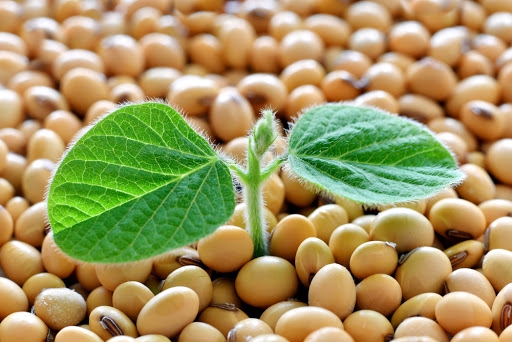Soybean prices in Ukraine remain high, but export demand is expected to decline in the coming months

The announcement that the EPA will return 5.34 billion RIN credits to refineries that complied with the law and received exemptions added to the positive sentiment for U.S. soybean prices, which remain at high levels. U.S. soybean processing is growing, but it will not be able to fully compensate for the drop in exports caused by China's refusal to purchase American soybeans, so markets are waiting for news from China.
Meanwhile, China continues to contract soybeans from Brazil for November, which reduces the prospects for supplies from the United States.
In addition, new forecasts of an increase in the soybean harvest in Brazil may put even more pressure on quotes in October, if the weather allows soybeans to be sown in optimal conditions.
According to the consulting company AgResource, soybean acreage in Brazil will grow by 2% in the 2025/26 season, the slowest pace in five years, to 48.7 million hectares (120.3 million acres), and the country's soybean harvest will reach 176.5 million tons.
Farmers in Brazil usually start planting a new soybean crop around September, and the relatively good rainfall in August is helping to build up moisture so far.
November soybean futures in Chicago remain high at $385/t (+0.8% for the week, +3.8% for the month) supported by growing demand from processors and hopes that the EPA will announce an even better biofuel blending (RVO) proposal for 2026-27 in the US.
Soybean planting weather remains very favorable, and crop condition continues to improve (69% in good or excellent condition), so traders are currently focused on the weather in Brazil during planting.
In Ukraine, export prices for GMO soybeans for delivery in September - October to Black Sea ports remain at a high level of $388-392/t, and for non-GMO soybeans at $410-420/t against the backdrop of a shortage of supply and an increase in futures prices.
But it should be noted that American soybeans are actively sold in the traditional markets for Ukrainian soybeans, such as Egypt, Pakistan, and the EU, which may sharply reduce export demand in October - November.
A trade delegation from the Pakistan Edible Oil Producers Association (APSEA) visited Washington this week and signed deals with leading soybean exporters including Cargill, LDC, Olam and others to import 1.1 million tonnes of soybeans from the US worth about $500 million.
China will continue to pressure the US by refusing to purchase soybeans, but this will lead to a further increase in supplies to other markets and increased competition with Ukrainian soybeans.


